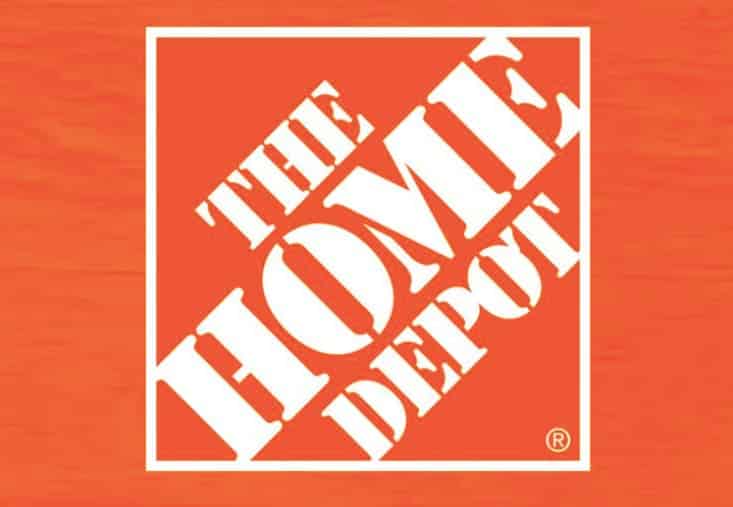Table of Contents:
- Introduction to Route Optimization
- Understanding the Basics of Route Optimization
- Critical Components of an Effective Route Optimization Strategy
- The Impact of Route Optimization on Cost Savings
- Enhancing Customer Service through Route Optimization
- Environmental Benefits of Optimized Routing
- Challenges and Considerations in Implementing Route Optimization
- The Future of Route Optimization in a Connected World
- Real-World Success Stories: Route Optimization in Action
- Final Thoughts: Embracing Technological Innovations in Logistics
Key Takeaways:
- Route optimization plays a pivotal role in enhancing logistics and transportation efficiency.
- Dynamic route optimization offers significant cost savings and superior customer service.
- Technological advancements, including AI and real-time data, are critical drivers for optimized routing.
- Implementing route optimization can contribute to environmental sustainability efforts.
Introduction to Route Optimization
In today’s fast-paced world, the ability to deliver goods efficiently and on time is paramount for the success of logistics companies. The industry has seen a growing reliance on sophisticated route optimization software to meet these demands. Optimizing routing at the crux of supply chain management slashes operational costs and catapults customer service to new heights. Ensuring that this level of service is sustainable requires innovation and an understanding of key technological trends.
Understanding the Basics of Route Optimization
Route optimization isn’t just about plotting points on a map. Considering many variables, it’s about smartly connecting dots in the most efficient way possible. This complex task involves sophisticated algorithms and machine learning models that can process large data sets to determine the most effective routes. Beyond finding the shortest path, these systems consider delivery time slots, vehicle capacity, driver availability, and historical traffic patterns. The complexity of these variables requires a robust technological platform that can dynamically update and adapt routes as conditions change. Companies embracing these methods are seen to flourish, hence the emergence of powerful tools such as route optimization solutions, which offer dynamic adaptability to the ever-changing logistics landscape.
Critical Components of an Effective Route Optimization Strategy
Employing a successful route optimization strategy is like assembling a puzzle; every piece must fit perfectly for the picture to be complete. At the strategic level, it combines real-time data — such as traffic conditions, weather, and construction work — with historical insights to build more predictable and efficient routing models. Addressing vehicle-related constraints like load capacity, fuel efficiency, and maintenance schedules is equally vital in optimization. Moreover, the solution must maintain scalability to grow with the business and adapt to its varying needs while being flexible enough to accommodate the unpredictable nature of logistics.
The Impact of Route Optimization on Cost Savings
Economically, the advantages of route optimization are evident. Companies can witness significant cost reductions in areas such as fuel consumption, driver overtime, and vehicle maintenance. By minimizing unnecessary mileage, businesses save on fuel expenses and reduce the risk of wear and tear on their fleets, leading to lower maintenance costs and extended vehicle life spans. Also, optimizing routes means drivers can complete more deliveries within their work hours, thereby reducing the need for overtime pay and increasing productivity.
Enhancing Customer Service through Route Optimization
Improved route optimization isn’t just a win for the logistics company; it’s also a victory for the customer. With Route optimization, customers enjoy the benefits of timely and reliable deliveries. Accurate Estimated Times of Arrival (ETAs) and quicker service contribute to a positive customer experience. This is critical in an era where each customer’s feedback can significantly impact the business’s reputation. This level of service becomes a competitive advantage, fostering trust and ensuring customer loyalty.
Environmental Benefits of Optimized Routing
Optimized routes spell good news for the environment, too. Shorter routes mean fewer miles covered, directly reducing fuel usage and carbon emissions. It’s a step towards greener operations that align with global sustainability efforts and can improve a company’s market standing as consumers increasingly support environmentally conscious businesses. In reducing the carbon footprint of their logistics operations, businesses not only do their part for the planet but also resonate with the values of modern consumers.
Challenges and Considerations in Implementing Route Optimization
However, integrating route optimization into the existing fabric of an organization can pose significant challenges. Among them are technical integration with legacy systems, training employees to adapt to new procedures, and addressing data privacy and security concerns. Careful planning and change management must accompany the implementation of such technologies to transition teams effectively and ensure that the adoption is as smooth as possible.
The Future of Route Optimization in a Connected World
The intersection of the Internet of Things (IoT) with logistics heralds a new era in route optimization, as many devices and sensors can offer even more detailed real-time data to inform decision-making processes. It’s a paradigm that promises even greater precision in routing, with the potential for advancements such as autonomous delivery vehicles and more thoughtful urban planning to reduce traffic congestion. Such technological leaps are poised to redefine the logistics industry, enhancing operational capabilities beyond imaginable.
Real-World Success Stories: Route Optimization in Action
Countless examples of companies have turned to route optimization to solve complex logistical challenges and witnessed transformative results. Industry leaders have been able to elevate their operations by utilizing sophisticated routing software, as documented in a Forbes article, which showcases how improved efficiency in delivery can be achieved through strategic optimization. These case studies serve as a beacon, guiding other businesses to follow suit and reap similar rewards.
Final Thoughts: Embracing Technological Innovations in Logistics
The relentless pursuit of efficiency in logistics is a sign of the times. As businesses grow and customer expectations evolve, companies cannot afford to remain static. Technological innovations such as route optimization are not merely tools; they represent a mindset shift toward continuous improvement and proactive adaptation. It is the very essence of staying competitive in a cutthroat market. Those who embrace such innovations can expect not just to survive but to thrive, leading the charge in a logistics revolution that is smarter, more responsive, and, most critically, more attuned to the needs of our world—as the research on ScienceDaily illustrates how AI and route optimization are contributing to reducing the logistics industry’s carbon footprint.



